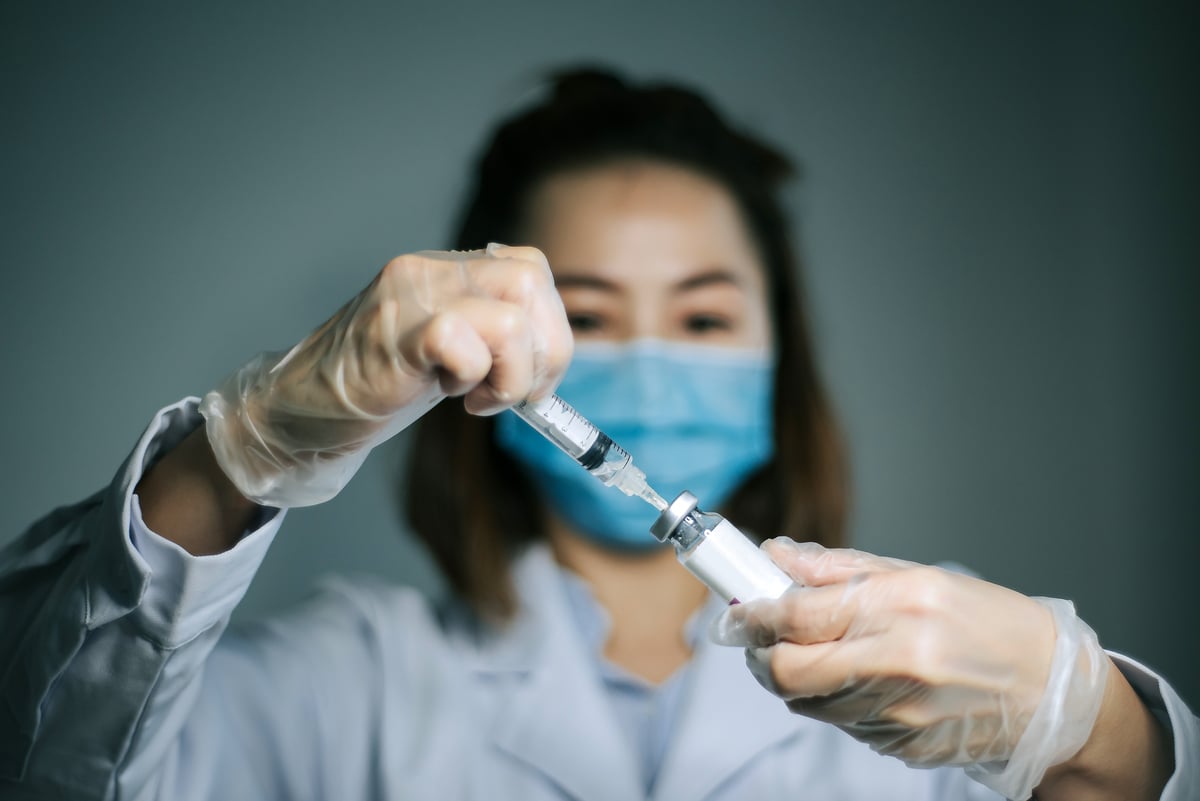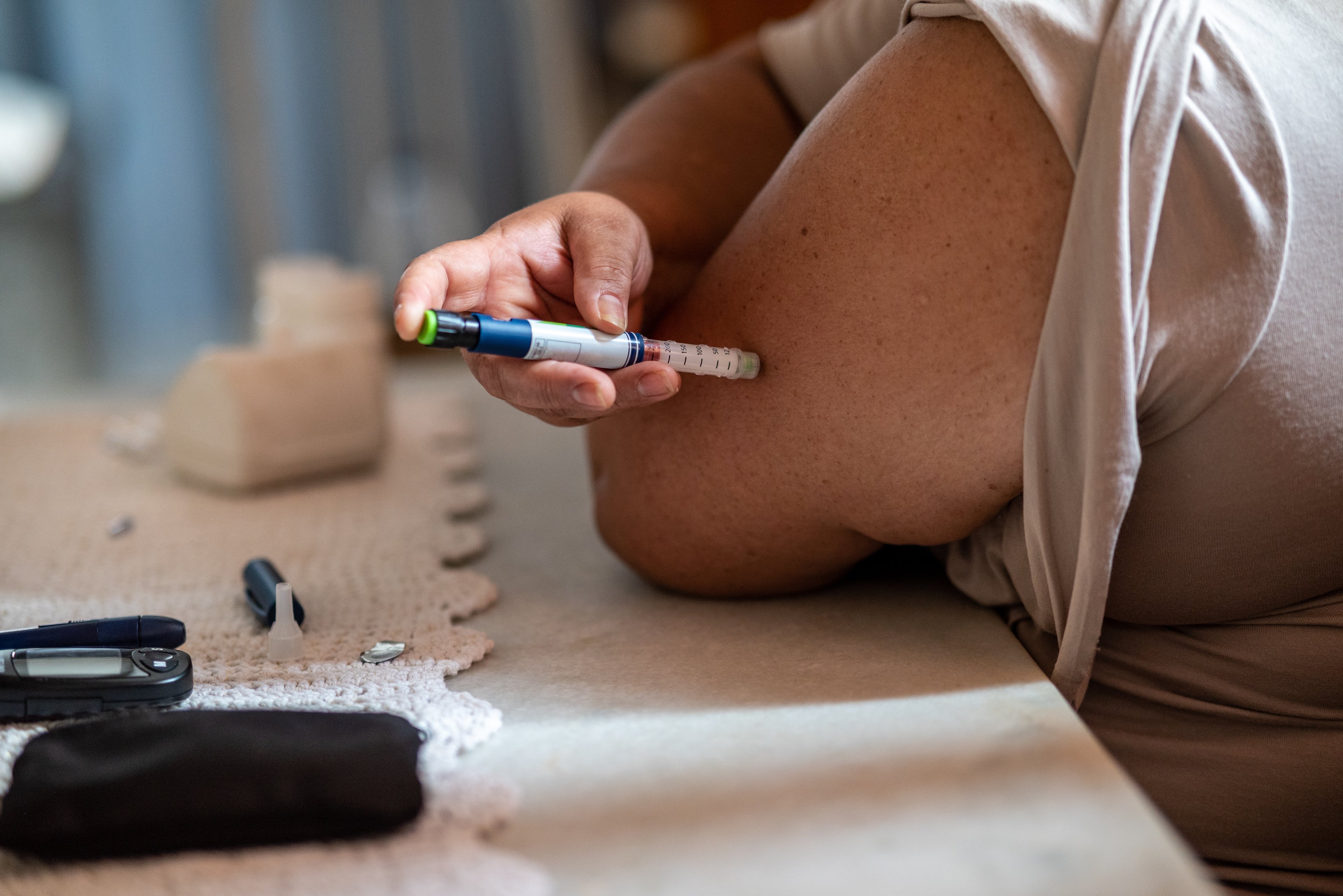After a relatively lackluster first three quarters of 2018, Novo Nordisk (NVO +7.13%) capped off the year on the upswing. But the revenue growth doesn't appear to be sustainable, with management guiding for slower growth in the year ahead.
Novo Nordisk results: The raw numbers
|
Metric |
Q4 2018 |
Q4 2017 |
Year-Over-Year Change |
|---|---|---|---|
|
Revenue |
29.7 billion DKK |
28 billion DKK |
6.2% |
|
Income from operations |
10.8 billion DKK |
10 billion DKK |
7.3% |
|
Earnings per share |
3.53 DKK |
3.36 DKK |
5.1% |
Data source: Novo Nordisk. $1 = 6.54 Danish kroner (DKK) as of Feb. 5.
What happened with Novo Nordisk this quarter
- Sales of diabetes drug Victoza were only up 1% in local currencies, but the slowdown in growth shouldn't come as much surprise. The follow-on drug, Ozempic -- which is in the same drug class as Victoza but only has to be dosed weekly (Victoza is taken daily) -- has been launched in 11 markets: the U.S., Canada, and nine European countries. Combined, the two drugs are capturing around 48% of new-to-brand patients in the class.
- Sales of obesity drug Saxenda grew by 78% in local currencies, bolstered by international sales that more than doubled year over year, although the 67% growth in the U.S. wasn't too shabby.
- Insulin remains Novo Nordisk's main source of revenue, accounting for more than half of sales. And it was a sore spot for the company, with sales flat year over year in local currencies. Newer insulins, such as Tresiba and Xultophy, are growing well, but their growth is wiped out by older insulins that face pricing pressure, especially in the U.S., where the combination resulted in a 4% decline in insulin sales in local currencies.
- The biopharmaceuticals segment, which includes hemophilia and growth-disorder drugs, among others, was also flat year over year in local currencies.
- On the pipeline front, Novo Nordisk successfully completed the final two clinical trials in the Pioneer program testing the oral version of Ozempic, setting up regulatory filings in various countries this year.
- Novo Nordisk is also looking outside its walls for growth, having announced an obesity research collaboration with Embark Biotech and a deal with Staten Biotechnology to develop drugs for high triglyceride levels.

Image source: Getty Images.
What management had to say
Mads Krogsgaard Thomsen, Novo Nordisk's chief science officer, highlighted plans for getting the oral version of Ozempic (semaglutide) approved in different regions, including a fast-paced program for an approval in the U.S.:
Novo Nordisk has notified the FDA that we will ask for a priority review for oral semaglutide based on the priority review voucher acquired in 2018. The use of the priority review voucher shortens the expected FDA review period to six months. We now expect to file the [new drug application] for oral semaglutide with the FDA by the end of this quarter, and in the EU and Japan in the second and third quarters of this year, respectively.
CEO Lars Fruergaard Jorgensen talked about how rebates may go away, but it'll take awhile since they involve multiple players, such as prescription benefit managers (PBMs) and insurance companies: "When we talk about changes in how rebates are handled in the U.S., it's not something we see will have an impact on how business is conducted in 2019, maybe not even in '20 because there are a number of contracts being made between us and our customers, and again from PBMs to insurance companies, etc. So it's a relative comprehensive set of legal commitments and change flow of money that has to be [unwound]."
Check out the latest Novo Nordisk earnings call transcript.
Looking forward
Management is looking for sales growth in the 2% to 5% range when measured in local currencies. Part of the slower growth compared with the fourth quarter will come from a negative impact of approximately 2 billion DKK as Novo Nordisk is responsible for additional funding of the Medicare Part D coverage gap in the U.S. in 2019. Management also warned of continued pricing pressure, especially in the U.S.
On the bottom line, operating profit growth is expected to be in the 2% to 6% range when measured in local currencies.






